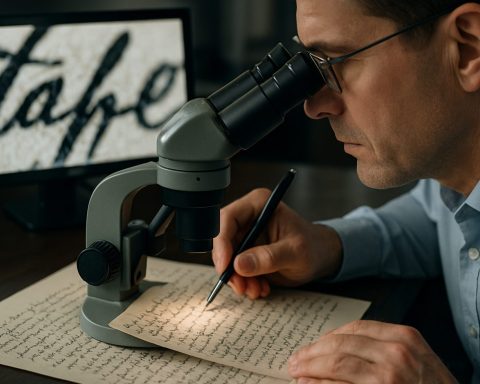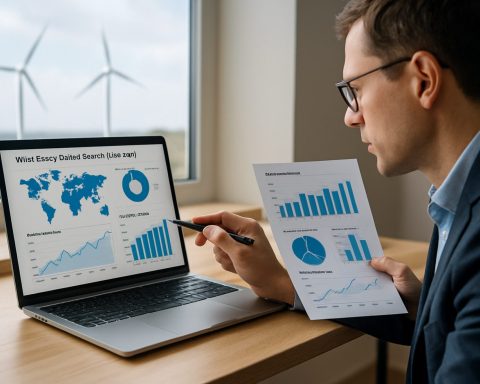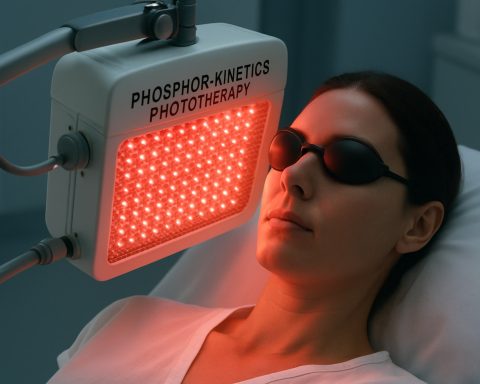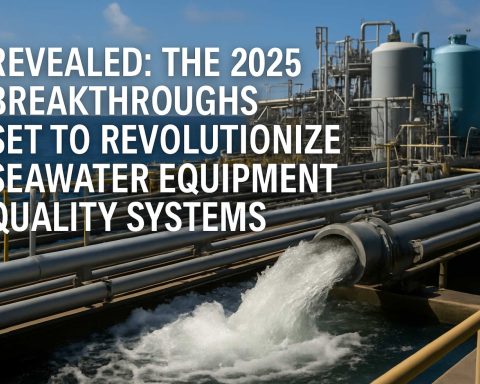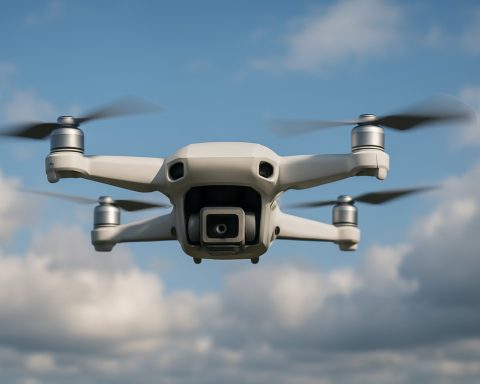- University of Michigan engineers developed a technology that allows electric vehicle batteries to charge five times faster in cold temperatures, such as 14°F (-10°C).
- This breakthrough combines advanced battery architecture with a 20-nanometer thin glassy layer of lithium borate-carbonate coating, preventing inefficient chemical build-up.
- The innovation retains 97% battery capacity after 100 fast-charging cycles in cold weather, addressing a major issue for EVs.
- Neil Dasgupta leads the research team, offering solutions to cold climate charging woes without overhauling assembly processes.
- This development is poised for market entry through a collaboration with Arbor Battery Innovations, promising to enhance EV adoption and efficiency.
- The advancement represents a pivotal step towards sustainable transportation by improving performance and encouraging the acceptance of electric vehicles.
Electric vehicle owners know the story all too well: when temperatures plummet, so does the efficiency of their battery charging. The issue has long plagued the EV industry, but a groundbreaking development from a team of University of Michigan engineers offers a shining beacon of hope.
Imagine charging your EV five times faster even when the mercury hovers at a chilly 14°F (-10°C). This is now possible thanks to a clever marriage of cutting-edge battery architecture and a whisper-thin coating solution. Leading this bold stride forward is Neil Dasgupta, a visionary in mechanical engineering and materials science, whose efforts could dismantle a significant barrier to EV adoption.
Frigid climates are notorious for slowing lithium-ion movement within batteries, during which time electrons meander slower than a Sunday driver, causing extended charging times. Past efforts to counteract this involved thickening electrodes to extend driving ranges, but it proved a double-edged sword, restricting lithium accessibility and exacerbating charging woes.
Dasgupta’s team previously made strides by laser-etching microscopic passages into the graphite anode, enabling lithium ions to swiftly navigate deeper into the battery. Yet, stubbornly cold conditions gave rise to an unwelcome chemical skin over electrodes, akin to cutting through chilled butter. Charging was once again impeded.
The breakthrough came in the form of an ultra-thin, glassy layer of lithium borate-carbonate, a paltry 20 nanometers in thickness, applied over the battery. This coating deftly blocked the problematic layer from forming, harmonizing beautifully with the newly carved channels. The result? A robust retention of 97% capacity after 100 fast-charging cycles, even under the harsh kiss of winter.
This achievement, Dasgupta believes, paves a promising path for battery manufacturers to leap into rapid-charge technology without routine overhauls of their assembly processes. It’s a pivotal leap that holds the promise of captivating potential EV buyers hesitating over charging inefficiencies in the cold.
While this innovation gears up for market entry, propelled by local economic developments and strategic commercial partnerships, it evokes visions of a future where cold weather no longer plays the role of the dreaded antagonist in the electrical vehicle saga. Through a strategic partnership with Arbor Battery Innovations, Dasgupta and the University of Michigan aim to usher this innovation from lab to market, potentially revolutionizing the world of electric vehicles.
In a world steadfastly marching toward sustainable transportation, this leap forward might just be the catalyst needed for broader EV acceptance. As the industry stands at this precipice of transformation, drivers can begin to dream of a world where their batteries charge with the urgency and efficiency that modern life demands, regardless of what the thermometer says.
Revolutionary Cold Weather Solution for EV Charging Efficiency
Introduction
Electric vehicles (EVs) face significant challenges in cold weather, where freezing temperatures impede the efficiency and speed of battery charging. A groundbreaking advancement from researchers at the University of Michigan, led by Neil Dasgupta, brings hope by promising to enhance charging speeds fivefold, even at temperatures as low as 14°F (-10°C). This article delves deeper into the technology behind this breakthrough, its real-world applications, and its potential impact on the EV market.
How The New Technology Works
The innovative solution involves a dual approach, combining new battery architecture with a pioneering ultra-thin coating—a mere 20 nanometers of a glassy lithium borate-carbonate layer. This coating prevents the formation of a chemical layer on electrodes that impedes charging in cold weather. Alongside previous advancements like laser-etched micropassages in the anode, this coating allows for rapid movement of lithium ions despite the cold.
Step-by-Step Technical Process
1. Anode Etching: Microscopic channels are laser-etched into the graphite anode, improving ion mobility.
2. Ultra-Thin Coating: A glassy lithium borate-carbonate layer is applied, blocking harmful chemical skin formation.
3. Integration: This technology harmonizes with existing manufacturing processes, enabling faster production adaption.
Real-World Use Cases
Incorporating this technology offers various benefits:
– Fleet Operations: Companies operating in cold regions can experience quicker turnaround times for their EV fleets.
– Individual Users: Homeowners without heated garages can charge their EVs more effectively.
– Rural and Remote Areas: Communities with less infrastructure can reduce charging times, making EVs more viable.
Market Forecasts & Industry Trends
The global shift toward sustainable energy is driving demand for EVs. According to a report by the International Energy Agency (IEA), EV sales could reach 30 million units annually by 2030. The advancement in cold-weather charging efficiency will likely accelerate EV adoption in markets with frigid climates, such as Canada, Northern Europe, and parts of the United States.
Reviews & Comparisons
Compared to existing EVs, which see reduced range and increased charging times in cold weather, the new technology from the University of Michigan maintains 97% battery capacity after 100 charging cycles. This durability is a significant improvement over traditional lithium-ion batteries.
Controversies & Limitations
While this technology promises to mitigate one of the biggest EV drawbacks, potential challenges include:
– Cost of Integration: Initial costs for adopting new manufacturing practices.
– Scalability: Transitioning lab technology to mass production.
Actionable Recommendations
1. Manufacturers: Explore partnerships to integrate this coating technology into new battery designs.
2. Consumers: Stay informed about new EV models incorporating this technology, especially if residing in cold climates.
3. Governmental Policies: Encourage subsidies and incentives for manufacturers adopting cold-weather efficient battery technologies.
Conclusion
This advancement presents a significant leap towards overcoming one of the most persistent challenges facing the EV industry. By ensuring efficient charging in cold temperatures, Dasgupta’s team’s innovation may significantly influence market trends and consumer adoption, paving the way for a broader expansion of EVs into every climate. For more information on sustainable transportation, visit the International Energy Agency and U.S. Department of Energy.


